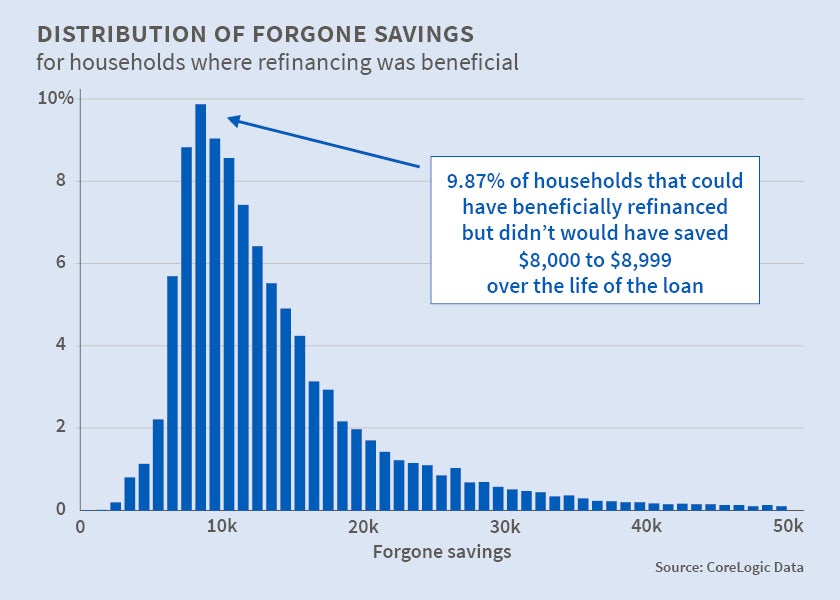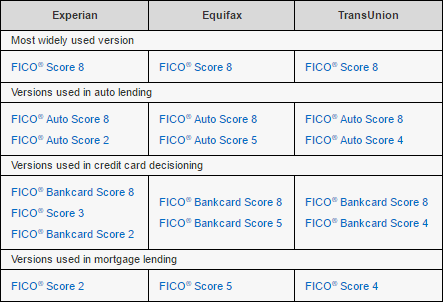Satisfactory credit - All real estate and installation financial obligation payments need to have been made on time in the last 12 months; there are no more than two 30-day late home loan or installation payments in the previous 24 months, and there is no significant bad credit on revolving accounts in the last 12 months.
If no extenuating scenarios can be documented, the borrower may not qualify at all or the lending institution may need a big amount of the primary limit (if available) to be carved out into a Life Span Set Aside (LESA) for the payment of home charges (property taxes, property owners insurance, etc.).
The fixed-rate program includes the security of a rates of interest that does not alter for the life of the reverse mortgage, however the rates of interest is typically greater at the start of the loan than an equivalent adjustable-rate HECM. Adjustable-rate reverse mortgages usually have interest rates that can alter on a monthly or annual basis within specific limitations.
The preliminary rate of interest, or IIR, is the actual note rate at which interest accrues on the impressive loan balance on a yearly basis. For fixed-rate reverse home loans, the IIR can never change. For adjustable-rate reverse home loans, the IIR can change with program limitations as much as a life time interest rate cap.
The EIR is often different from the real note rate, or IIR. The EIR does not identify the amount of interest that accumulates on the loan balance (the IIR does that). The total swimming pool of cash that a borrower can receive from a HECM reverse home mortgage is called the primary limit (PL), which is calculated based upon the optimum claim quantity (MCA), the age of the youngest customer, the predicted interest rate (EIR), and a table to PL elements released by HUD.

The Only Guide to What Are The Current Interest Rates For Mortgages
The majority of PLs are normally in the variety of 50% to 60% of the MCA, however they can in some cases be greater or lower. The table listed below offers examples of principal limits for various ages and EIRs and a home value of $250,000. Customer's age at origination Anticipated rate of interest (EIR) Principal limitation factor (as of Aug.
5% 0. 478 $119,500 65 7. 0% 0. 332 $83,000 75 5. 5% 0. 553 $138,250 75 7. 0% 0. 410 $102,500 85 5. 5% 0. 644 $161,000 85 7. 0% 0. 513 $128,250 The principal limit tends to increase with age and reduce as the EIR rises. In other words, older borrowers tend to receive more cash than more youthful debtors, however the total quantity of money readily available under the HECM program tends to reduce for all ages as interest rates increase.
Any extra proceeds readily available can be distributed to the borrower in numerous methods, which will be detailed next. The cash from a reverse mortgage can be dispersed in 4 methods, based upon the customer's monetary needs and objectives: Swelling amount in cash at settlement Monthly payment (loan advance) for a set number of years (term) or life (period) Line of credit (comparable to a home equity credit line) Some mix of the above Note that the adjustable-rate HECM uses all of the above payment options, but the fixed-rate HECM just uses lump amount.
This means that debtors who select a HECM credit line can potentially access to more money with time than what they initially received at origination. The line of credit development rate is determined by adding 1. 25% to the initial interest rate (IIR), which indicates the line of credit will grow much faster if the rates of interest on the loan increases.
Since many borrowers were taking complete draw swelling sums (often at the motivation of lenders) at closing and burning through the cash quickly, HUD sought to safeguard customers and the viability of the HECM program by restricting the amount of profits that can be accessed within the first 12 months of the loan.
How Click here How Do Buy To Let Mortgages Work Uk can Save You Time, Stress, and Money.
Any staying available proceeds can be accessed after 12 months. If the total mandatory commitments go beyond 60% of the principal limit, then the borrower can draw an additional 10% of the principal limitation if offered. The Real Estate and Economic Recovery Act of 2008 offered HECM debtors with the chance ritz carlton timeshare to acquire a brand-new principal home with HECM loan continues the so-called HECM for Purchase program, effective January 2009.
The program was designed to enable the elderly to buy a new principal home and obtain a reverse mortgage within a single deal by getting rid of the requirement for a second closing. Texas was the last state to allow for reverse mortgages for purchase. Reverse home mortgages are regularly criticized over the concern of closing expenses, which can in some cases be costly.
Thinking about the constraints imposed upon HECM loans, they are how to get out of timeshare comparable to their "Forward" contemporaries in overall costs. how do mortgages work in canada. The following are the most typical closing expenses paid at near to acquire a reverse home mortgage: Counseling cost: The very first step to get a reverse home loan is to go through a counseling session with a HUD-approved counselor.
Origination cost: This is charged by the lender to arrange the reverse mortgage. Origination costs can vary commonly from lending institution to loan provider and can range from absolutely nothing to a maximum of $6,000. Third-party charges: These fees are for third-party services employed to complete the reverse mortgage, such as appraisal, title insurance, escrow, government recording, tax stamps (where suitable), credit reports, and so on.

The IMIP safeguards loan providers by making them whole if the house costs the time of loan repayment for less than what is owed on the reverse home mortgage. This secures borrowers as well since it means they will never ever owe more than their home deserves. As of 1/2019, the IMIP is now 2% of limit claim quantity (Either the evaluated worth of the house approximately an optimum of $726,535) The annual MIP (home loan insurance premium) is.
Little Known Questions About How Do Points Work In Mortgages.
The huge majority of closing costs usually can be rolled into the brand-new loan amount (except when it comes to HECM for purchase, where they're included in the down payment), so they don't need to be paid out of pocket by the customer. The only exceptions to this guideline may be the therapy cost, appraisal, and any repairs that might require to be done to the home to make it totally compliant with the FHA standards prior to finishing the reverse home mortgage.
These files can be utilized to compare loan deals from different loan providers. There are 2 continuous expenses that might use to a reverse mortgage: annual mortgage insurance coverage and maintenance costs. The IMIP,( on time Preliminary Home mortgage Insurance Premium) of 2% of the evaluated value is charged at closing. The IMIP is the biggest expense related to an FHA HECM or Reverse Mortgage.
The yearly home mortgage insurance coverage is charged by FHA to insure the loan and accrues each year at a rate of. 50% of the loan balance. Annual home loan insurance does not need to be paid of pocket by the debtor; it can be allowed to accrue onto the loan balance gradually.